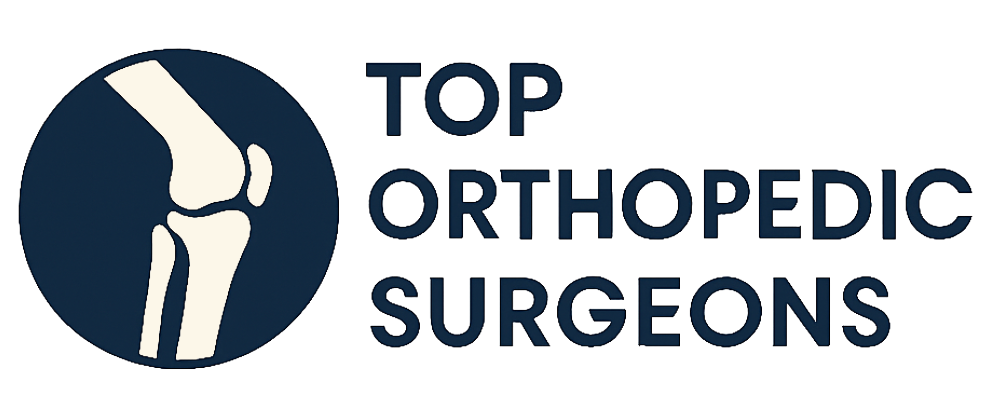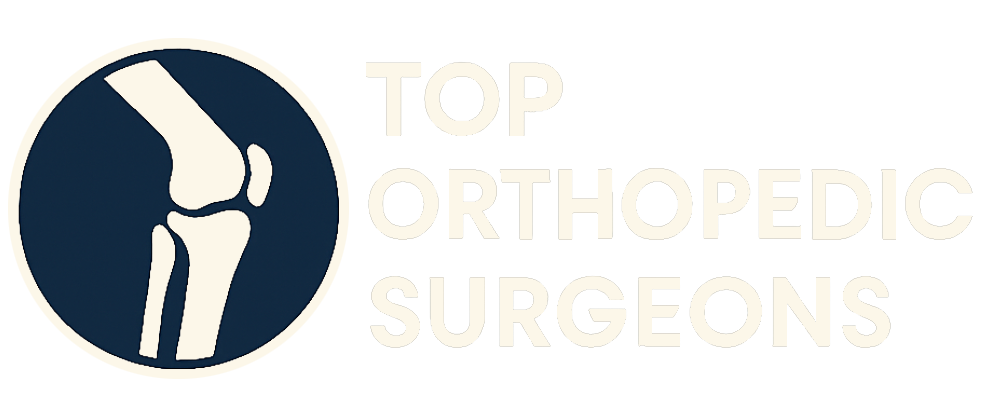Back pain is a widespread issue affecting millions of people, impacting their daily lives and overall well-being. Whether it’s a persistent ache or a sudden, sharp pain, understanding the causes, treatments, and prevention strategies is crucial for managing this condition effectively. This guide aims to provide you with comprehensive information and empower you to make informed decisions about your back health.
Understanding the Basics of Back Pain
Back pain can manifest in various forms, ranging from mild discomfort to debilitating agony. It can be acute, lasting for a few days or weeks, or chronic, persisting for more than three months. Understanding the different types of back pain and their potential causes is the first step toward finding effective relief.
Types of Back Pain
- Acute Back Pain: This type of pain typically occurs suddenly and resolves within a few weeks. It’s often caused by muscle strains, sprains, or minor injuries.
- Subacute Back Pain: This pain lasts between four and twelve weeks. It may require more focused treatment and rehabilitation.
- Chronic Back Pain: Pain that persists for more than three months is considered chronic. It can be caused by underlying medical conditions, repetitive strain injuries, or nerve damage.
Common Locations of Back Pain
- Lower Back Pain: The most common type, often caused by muscle strains, disc problems, or arthritis.
- Middle Back Pain: Less frequent, usually linked to poor posture, injury, or arthritis in the thoracic spine.
- Upper Back Pain: Often related to muscle tension, poor posture, or issues with the neck.
Common Causes of Back Pain
Identifying the underlying cause of your back pain is essential for developing an effective treatment plan. Back pain can stem from a variety of factors, including:
- Muscle Strains and Sprains: Overexertion, improper lifting techniques, or sudden movements can strain or sprain back muscles and ligaments.
- Disc Problems: Herniated or bulging discs can press on nerves, causing pain, numbness, or weakness.
- Arthritis: Osteoarthritis and other forms of arthritis can cause inflammation and pain in the spine.
- Sciatica: Compression or irritation of the sciatic nerve, often due to a herniated disc, can cause pain that radiates down the leg.
- Spinal Stenosis: Narrowing of the spinal canal can put pressure on the spinal cord and nerves, leading to back pain and leg pain.
- Skeletal Irregularities: Conditions like scoliosis can contribute to back pain.
- Osteoporosis: Weakening of the bones can lead to compression fractures in the spine.
- Poor Posture: Slouching or hunching over can strain back muscles and ligaments.
- Obesity: Excess weight can put added stress on the spine.
- Lack of Exercise: Weak back and abdominal muscles can increase the risk of back pain.
Diagnosing Back Pain
A thorough diagnosis is crucial for determining the cause of your back pain and developing an appropriate treatment plan. Your healthcare provider will typically conduct a physical exam and review your medical history. They may also order imaging tests or other diagnostic procedures.
Physical Examination
During the physical exam, your doctor will assess your range of motion, posture, and reflexes. They may also palpate your back to identify areas of tenderness or muscle spasm. Neurological tests may be performed to check for nerve damage.
Imaging Tests
- X-rays: Can reveal fractures, arthritis, and other skeletal abnormalities.
- MRI (Magnetic Resonance Imaging): Provides detailed images of soft tissues, such as discs, ligaments, and nerves.
- CT Scan (Computed Tomography): Can provide detailed images of the bones and soft tissues in the spine.
- Bone Scan: Helps detect fractures, infections, or tumors in the spine.
Other Diagnostic Tests
- Electromyography (EMG): Measures the electrical activity of muscles and nerves to identify nerve damage.
- Nerve Conduction Studies: Measure the speed at which electrical signals travel along nerves.
Treatment Options for Back Pain
Treatment for back pain varies depending on the cause and severity of your symptoms. A combination of approaches may be necessary to achieve optimal relief. Treatment options include:
Conservative Treatments
- Rest: Short-term rest can help reduce inflammation and pain. However, prolonged bed rest is generally not recommended.
- Ice and Heat: Applying ice packs to the affected area can help reduce inflammation in the initial stages. Heat therapy can help relax muscles and improve blood flow.
- Pain Medications: Over-the-counter pain relievers, such as ibuprofen or acetaminophen, can help manage mild to moderate pain. Prescription pain medications, such as opioids or muscle relaxants, may be necessary for more severe pain, but should be used with caution due to the risk of side effects and dependence.
- Physical Therapy: A physical therapist can teach you exercises to strengthen your back and abdominal muscles, improve your posture, and increase your flexibility.
- Chiropractic Care: Chiropractic adjustments can help realign the spine and reduce pain.
- Acupuncture: This traditional Chinese medicine technique involves inserting thin needles into specific points on the body to relieve pain.
Injections
- Epidural Steroid Injections: These injections can help reduce inflammation and pain caused by nerve compression.
- Nerve Blocks: Injections that block pain signals from specific nerves.
- Trigger Point Injections: Injections into painful muscle knots to relieve pain and muscle spasms.
Surgical Options
Surgery is typically reserved for cases of severe back pain that do not respond to conservative treatments. Surgical procedures may include:
- Discectomy: Removal of a herniated disc to relieve pressure on nerves.
- Laminectomy: Removal of a portion of the vertebra to create more space for the spinal cord and nerves.
- Spinal Fusion: Joining two or more vertebrae together to stabilize the spine.
- Artificial Disc Replacement: Replacing a damaged disc with an artificial disc to maintain spinal motion.
Preventing Back Pain
While it’s not always possible to prevent back pain, there are several steps you can take to reduce your risk:
- Maintain Good Posture: Sit and stand with your shoulders back and your spine straight.
- Use Proper Lifting Techniques: Bend your knees and keep your back straight when lifting heavy objects.
- Exercise Regularly: Strengthen your back and abdominal muscles to support your spine.
- Maintain a Healthy Weight: Excess weight can put added stress on your spine.
- Avoid Prolonged Sitting: Take breaks to stand up and stretch regularly.
- Use a Supportive Mattress and Pillow: Ensure your mattress and pillow provide adequate support for your spine.
- Quit Smoking: Smoking can reduce blood flow to the spine and increase the risk of back pain.
Finding the Right Orthopedic Specialist
If you’re experiencing persistent or severe back pain, it’s important to seek the help of a qualified orthopedic specialist. Finding the right specialist can make a significant difference in your treatment outcome. Look for a board-certified orthopedic surgeon with experience in treating back pain. Consider factors such as their qualifications, experience, patient reviews, and communication style.
Top Orthopedic Surgeons can help you connect with trusted, board-certified orthopedic specialists across the United States. Our comprehensive directory makes it easier for you to find the right doctor and make informed decisions about your healthcare.
Living with Back Pain
Living with back pain can be challenging, but there are many strategies you can use to manage your symptoms and improve your quality of life. These include:
- Stay Active: Regular exercise can help strengthen your back muscles and reduce pain.
- Practice Relaxation Techniques: Techniques such as deep breathing, meditation, and yoga can help reduce stress and tension.
- Maintain a Positive Attitude: A positive mindset can help you cope with pain and stay motivated to follow your treatment plan.
- Join a Support Group: Connecting with others who have back pain can provide emotional support and practical advice.
- Pace Yourself: Avoid overdoing activities that can exacerbate your pain.
- Get Enough Sleep: Adequate sleep is essential for healing and pain management.
Back pain can significantly impact your life, but with the right knowledge and resources, you can effectively manage your condition and improve your overall well-being. By understanding the causes, treatments, and prevention strategies for back pain, you can take control of your health and live a more active and fulfilling life. Remember, seeking professional help from an orthopedic specialist is a crucial step toward finding lasting relief.


